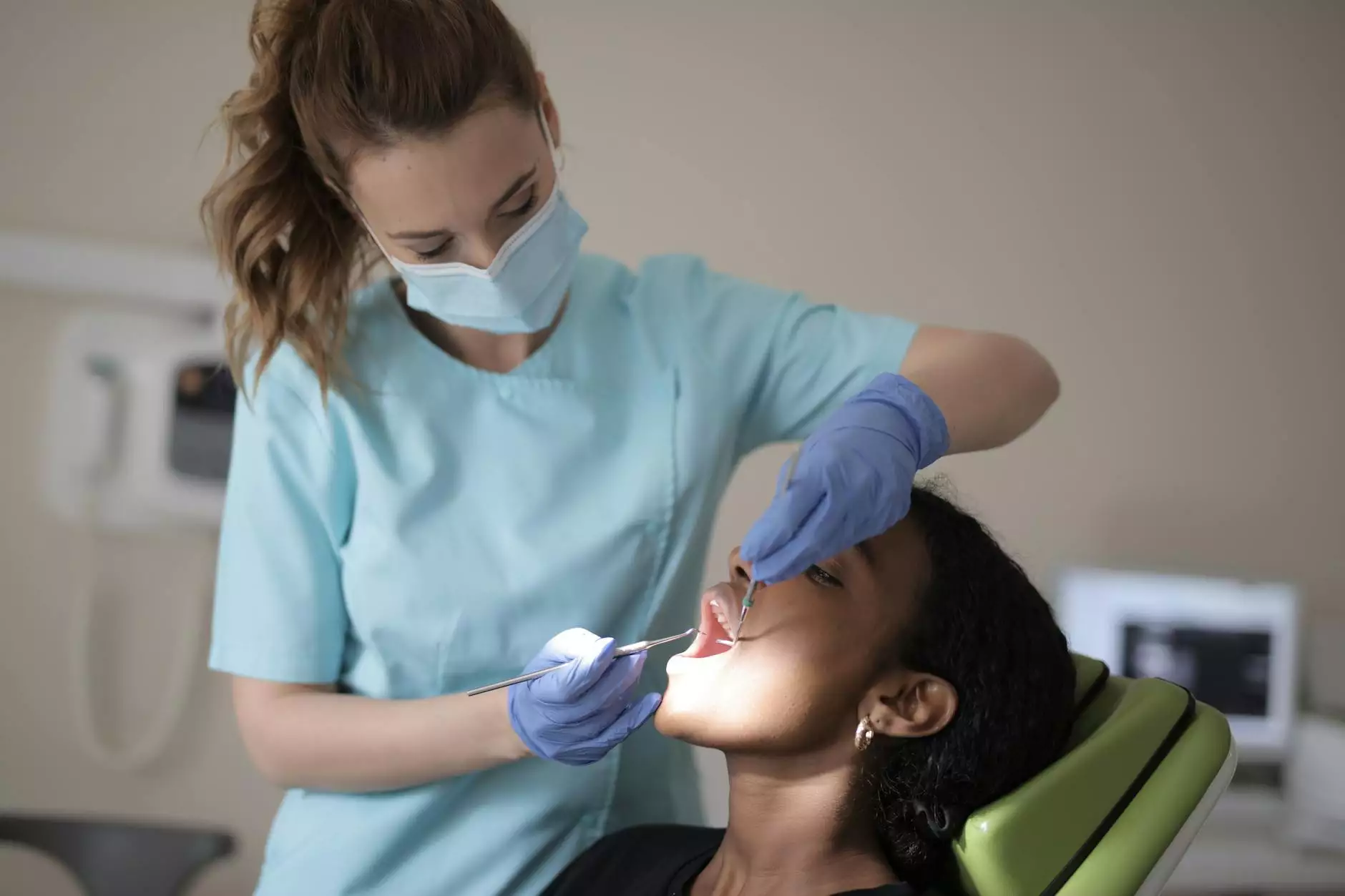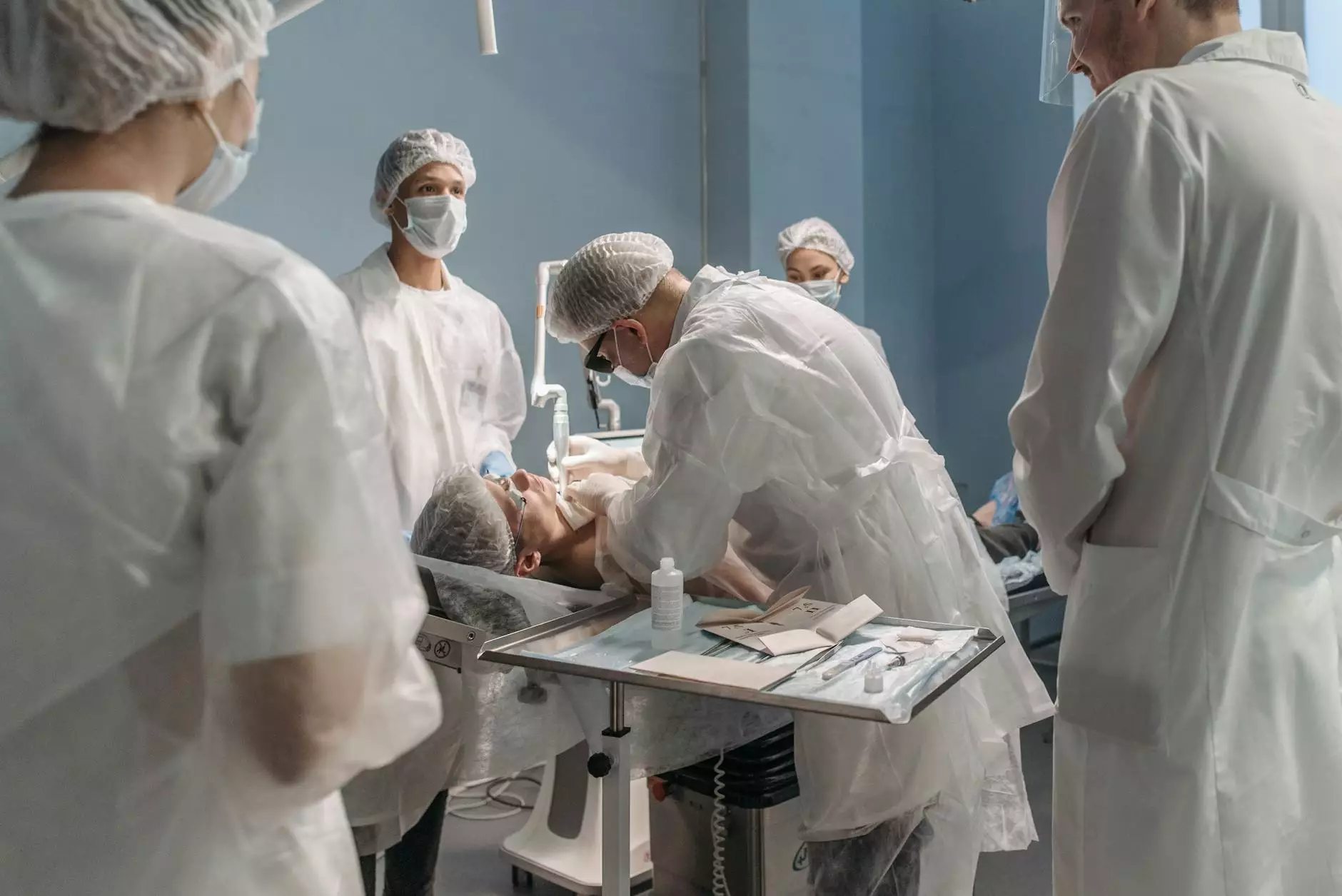How Long Does it Take to Heal From Knee Replacement Surgery
Orthopedic Surgery
Understanding Knee Replacement Surgery
At Bowling Orthopaedics, we strive to provide you with comprehensive information about knee replacement surgery and its recovery process. Knee replacement surgery, also known as knee arthroplasty, is a surgical procedure that helps improve mobility and relieve pain in individuals with severe knee damage or arthritis.
If you are considering this procedure, it's important to understand the recovery timeline and what to expect during the healing process. Every individual is unique, and your recovery may vary based on factors such as overall health, age, and commitment to rehabilitation.
Recovery Timeline
The recovery timeline for knee replacement surgery can vary, but most patients can expect to experience the following stages:
Immediate Post-Surgery Phase
Immediately after your surgery, you will be taken to a recovery room where medical professionals closely monitor your vitals. You may experience some discomfort and pain, which will be managed with medication. It's important to remember that everyone's pain tolerance and recovery experience may differ.
Hospital Stay
After the initial recovery phase, you will be transferred to a hospital room. Typically, patients stay in the hospital for a few days to a week after knee replacement surgery. During this time, a physical therapist will work with you to initiate early mobility exercises and teach you how to use assistive devices, such as crutches or walkers.
Early Rehabilitation
Upon discharge from the hospital, you will continue your recovery at home. This phase typically lasts for the first few weeks. It is crucial to follow the guidelines provided by your orthopedic surgeon and physical therapist during this time. You will start with simple exercises and gradually progress to more challenging ones as your knee strengthens.
Mid-Term Rehabilitation
The mid-term rehabilitation phase usually begins around 6 to 8 weeks after surgery. During this phase, you'll continue to focus on strengthening exercises and increasing your range of motion. Your physical therapist will customize a rehabilitation program that suits your specific needs and goals.
Long-Term Recovery
Long-term recovery typically extends beyond 3 months post-surgery. By this stage, most patients experience significant improvement in pain relief and mobility. However, it's important to note that full recovery may take up to a year or more. Your progress will be closely monitored by your orthopedic surgeon, who will guide you through the entire healing process.
Tips for a Successful Recovery
While the recovery process may seem daunting, there are several steps you can take to ensure a successful healing journey:
1. Follow Your Rehabilitation Plan
Stick to the rehabilitation plan outlined by your orthopedic surgeon and physical therapist. Consistency and dedication to your exercises and appointments are key in achieving optimal results.
2. Manage Pain and Discomfort
Take prescribed pain medications as directed to manage any post-surgery discomfort. Communicate openly with your healthcare team about any concerns or changes you experience during the recovery process.
3. Maintain a Healthy Lifestyle
Eat a nutritious diet and stay hydrated to support your body's healing process. Engage in activities that promote overall wellness and avoid habits that may hinder recovery, such as smoking or excessive alcohol consumption.
4. Seek Emotional Support
Undergoing knee replacement surgery can be emotionally challenging. Reach out to your loved ones and consider joining support groups to connect with individuals who have undergone similar procedures. Talking about your concerns and sharing your experiences can provide valuable emotional support.
5. Follow Post-Surgery Precautions
Your surgeon may provide specific precautions to follow during your recovery period. This may include avoiding certain activities or using assistive devices. Adhering to these instructions is crucial to minimize the risk of complications and ensure a successful recovery.
6. Stay Active
Once your orthopedic surgeon gives you the green light, gradually reintroduce physical activities into your routine. Low-impact exercises like swimming, cycling, and walking can help improve strength and flexibility of the knee joint.
Conclusion
Healing from knee replacement surgery is a gradual process that requires patience and commitment. Understanding the recovery timeline and following your orthopedic surgeon's instructions are essential for a successful outcome. At Bowling Orthopaedics, we are dedicated to guiding you through every step of your recovery journey.
Contact us today to schedule a consultation or learn more about knee replacement surgery and how it can improve your quality of life.










